-By Dan dos Santos
A few years ago at IlluXcon, I got the chance to meet an illustrator named Patrick Jones. Patrick is a phenomenal artist, equally versed in both traditional and digital methods… as well as a wonderful teacher, which I was fortunate enough to witness first-hand during one of his many lectures.
While browsing his website, I had noticed that Patrick offers downloadable e-book and video tutorials, detailing his process, at really reasonable prices. Having made quite a few tutorials myself, I am always curious to see how other artists handle the task. Patrick was kind enough to send me a few for free, and I am thoroughly impressed!
Patrick sent me three tutorials to review; two e-books on oil painting, and a video on digital painting. I thought I would take this opportunity to offer up my personal review of these three tutorials for any of you interested in them.
First is Sci-Fi & Fantasy Oil Painting Techniques.
This first tutorial covers the creation process of 5 different oil paintings. This e-book is a great overview of Patrick’s entire process; from sketches, to reference, to transferring his drawing, and finally painting. Five different paintings are showcased, and though much of the information is repeated from one to another, each one differs in some way. So in one tutorial he may show traditionally sketched thumbnails, and in the next a digital color comp… all the while, the repetition of the basics helps drill in the most important aspects of the process. The first four paintings give a general process, whereas the fifth painting focuses much more on the actual painting process itself, giving specifics about layering and glazing. The e-book is in PDF format and is 50 pages long.
Next is Sci-Fi & Fantasy Oil Painting Techniques Vol. 2
This volume focuses on the creation of three major works, two of which are his recent Conan paintings. Unlike the first Volume, this e-book does not focus as much on the preliminary steps, such as sketching and transferring. Instead, it focuses on the actual painting process, much like painting #5 from the previous e-book, but expounds on it even more. Whereas the first volume may show the actual painting process in just 2 or 3 steps, this volume shows it 10 or 12, giving the viewer the opportunity to clearly see each phase. In great detail, it shows his underpainting process, base coats, glazing, and even making revisions (which I was very happy to see!). Like the previous tutorial, this e-book is in PDF format and is 50 pages long.
If you are just learning to oil paint, and don’t know anything about the process, you would definitely benefit more from the first tutorial. The second tutorial is more of a companion to the first, and is ideally suited for those who are already have some experience (be it in whatever medium), or interested in learning the more subtle aspects of actually applying oil paint. But at just $8 each, you might as well get both! More of Patrick’s e-books can be found here.
Lastly, is the video tutorial: Carnival 3000 A.D.
I am still getting acquainted with the digital medium myself, and have watched a lot of tutorials to help me learn. Though, many of these tutorials tend to focus on the subject at hand (be it drawing monsters, or sci-fi environments), but do not really address using the software. I think this is where Patrick’s tutorial stands apart.
The subject matter here didn’t seem to matter. It was really just a vehicle by which he explained Corel Painter in depth. He also talks at length about texture, color theory, and lighting schemes. But the best part, in my opinion, is that it is all done in real time. This means you can see him select his brushes, and how he modifies them. You can watch him make mistakes, and then revise them. No need to rewind and pause to catch a one-second glimpse of the artists brush palette.
If you are already an expert on using Corel Painter, and are looking for a tutorial specifically about painting sci-fi environments, honestly, there are probably better choices out there for you. But if, like me, you are looking for general art theory and a good software tutorial that doesn’t take the viewer’s lack of knowledge for granted, this video should be just what you’re looking for.
The video comes in three parts, and you get all three for $30 with a total running time of over three hours. Even though Patrick offers the parts individually, at just $10 each, I’m not certain you would benefit from any one part by itself… I think it’s more of a monetary and bandwidth consideration. More of Patrick’s videos can be found here.
Patrick J. Jones was born in Belfast, Northern Ireland, growing up during the height of Ireland’s conflicts and was one of the first people to be awarded a Prince Charles Trust Fund. He now lives with his wife Cathy and two scruffy dogs in sunny Brisbane, Australia.
Patrick has worked for most major SF/Fantasy publishers and film companies worldwide including the likes of Lucasfilm and Disney Studios. He has painted covers for many prestigious authors, including Simon R. Green and H.G. Wells, and has worked as a Concept Artist for movies such as Peter Pan and The Great Raid. Patrick also teaches a Masterclass in SF & Fantasy art at TAFE campuses on the Gold Coast and Brisbane, Australia.
More info at: www.pjartworks.com


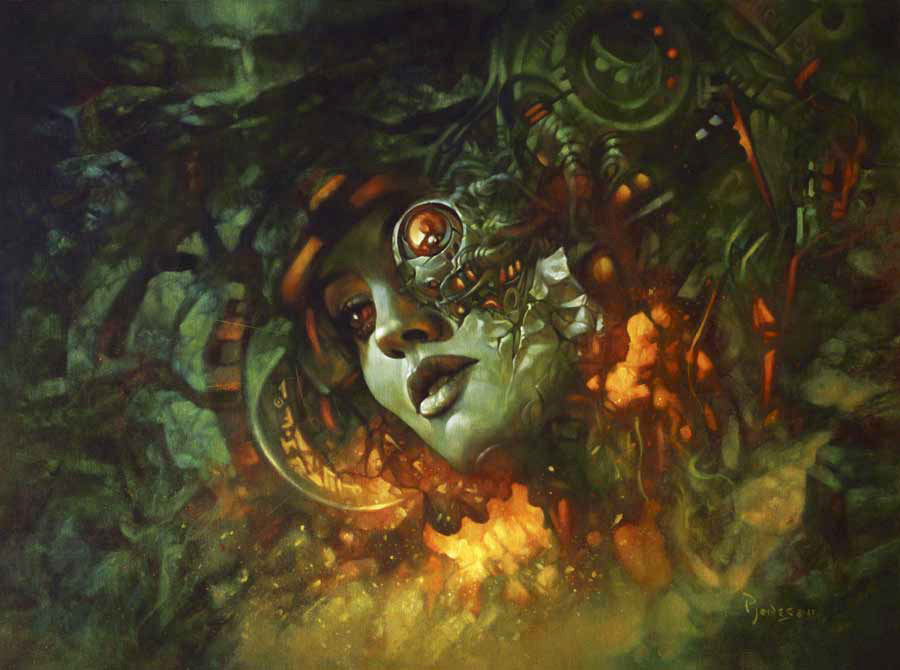
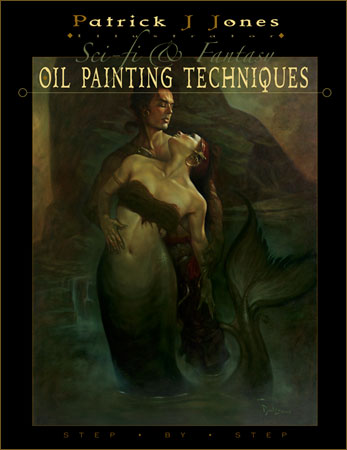
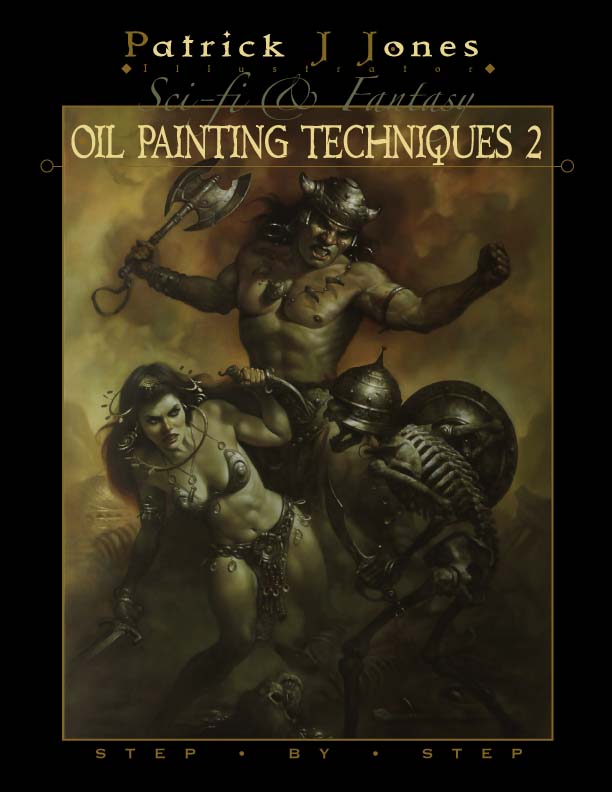
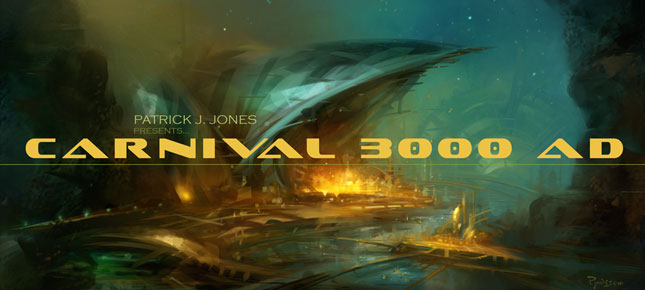
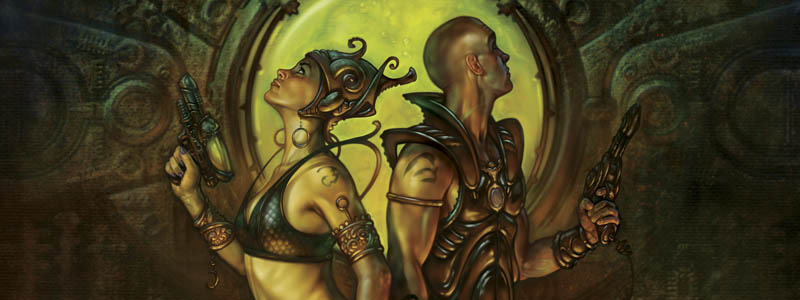
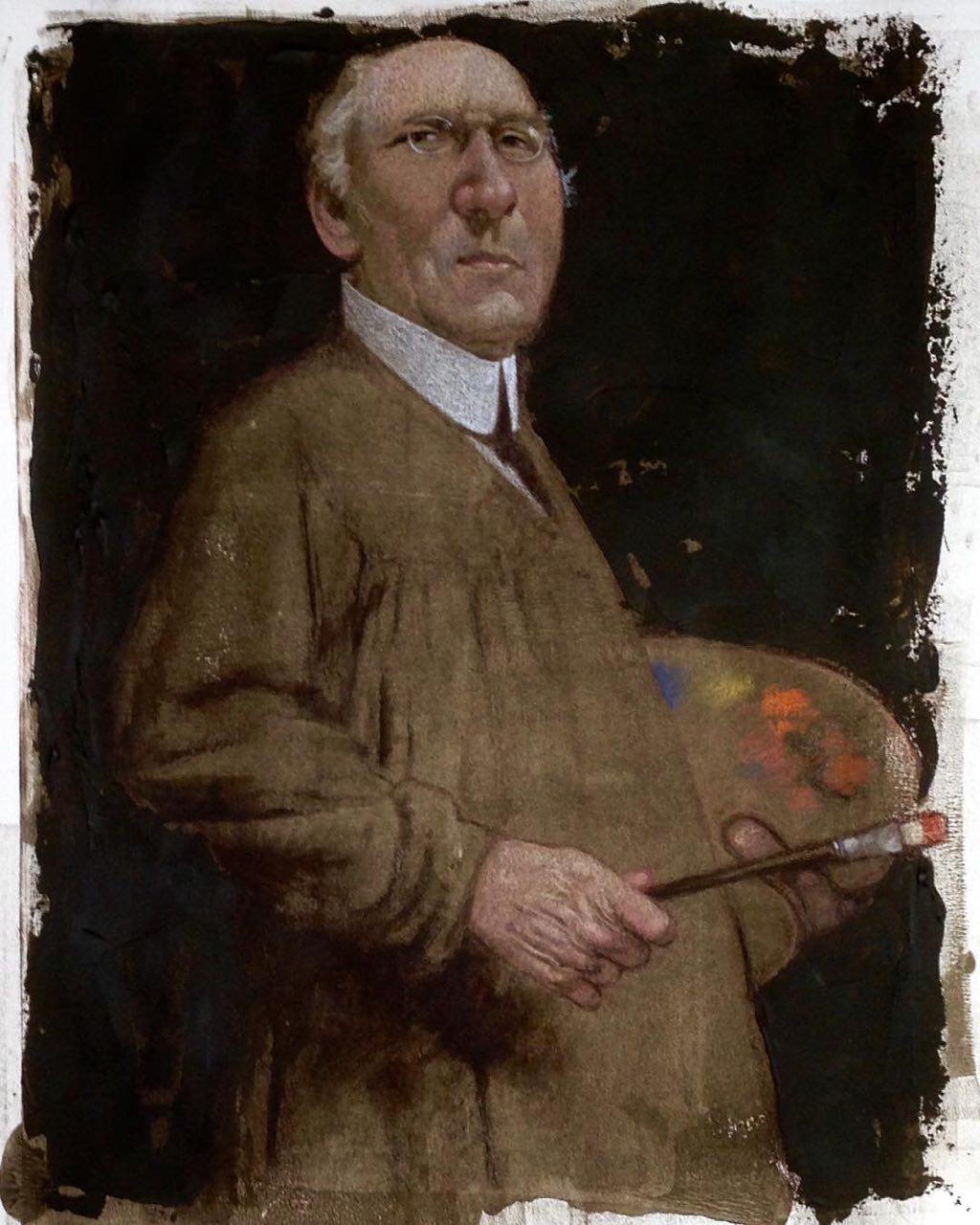
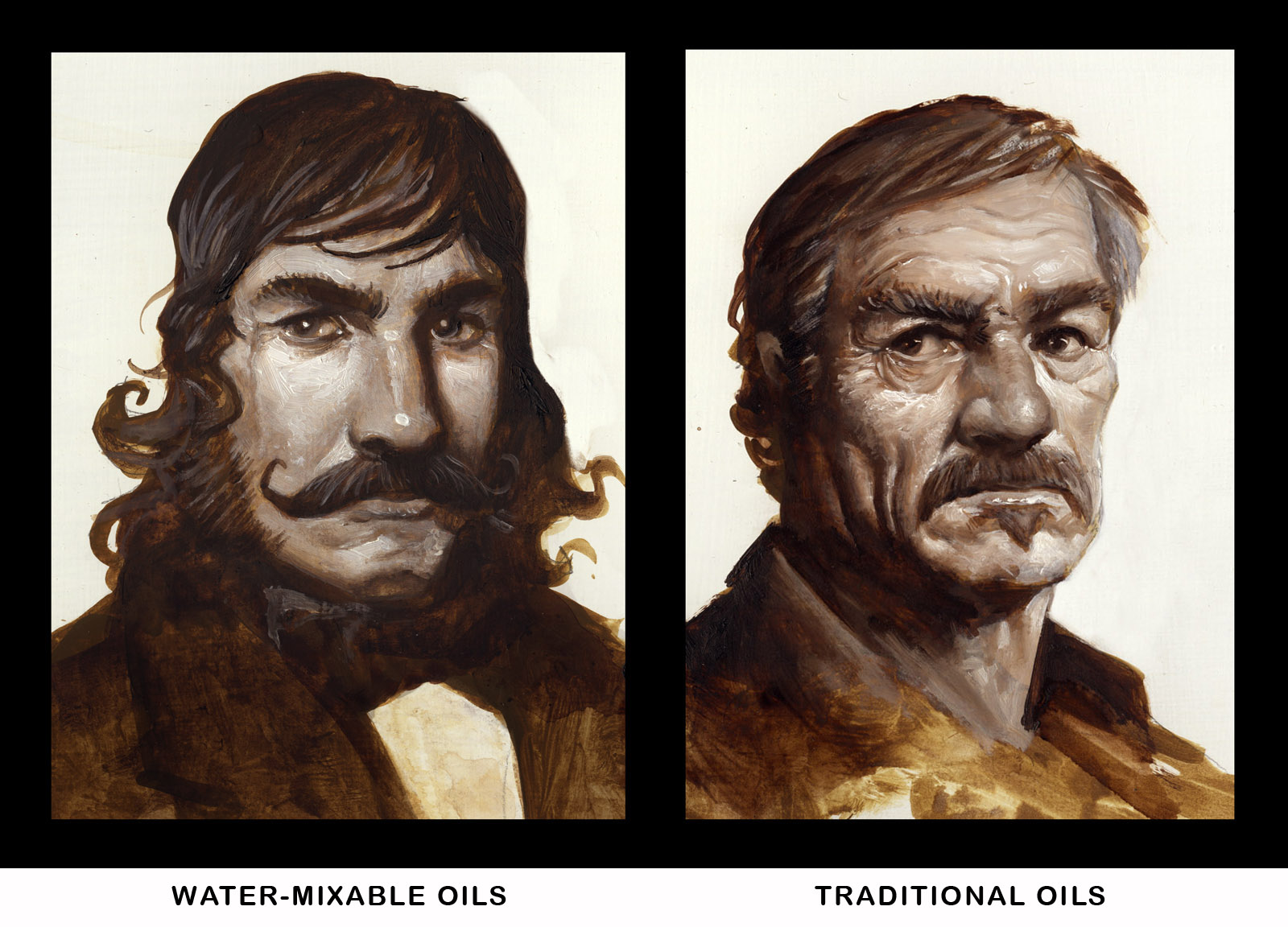
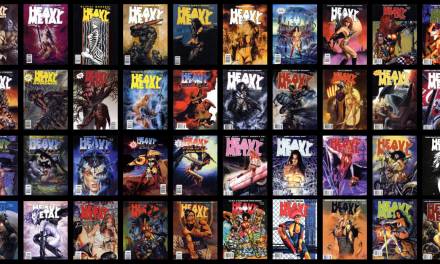
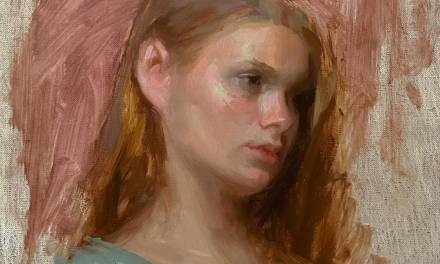

Thank you for the recommendation, Dan.
I've never oil painted and I'm a little nervous about it because my grasp on color is a little shaky. I was thinking of doing some studies in gray scale to start getting familiar with the medium, but even then I don't really know where to start.
Do you have any other recommendations for serious beginners just starting out with oil? Maybe even just a materials list?
Also, Thank you! I always learn a lot from this site. Frankly, a lot of the knowledge that I do have on painting probably came from reading this blog.
This is for Eric: Quite honestly I'm probably not the best qualified for answering this, as I haven't painted in years, and never really took the time to master it the way I'd have liked to, but I'll share my experiences just the same.
The way it was taught to me was to start with the basics. Work a gray scale like we all do in pencil first, and then a still life in gray scale. From there I had to do a color wheel with tints and shades, if I remember correctly we were only allowed to use the primaries out of the tube (this doesn't necessarily get the best colors by a long shot, but it was invaluable for learning the concept behind color mixing). And then, similar to grey scale, a still life in color.
When in doubt, back to the basics, always seems to work out well enough =)
Eric: Dan Dos Santos, Donato Giancola & Gregory Manchess have downloadable tutorial vidos here:
http://theartdepartment.org/downloads
Ive seen all three and they are all amazing, Dan's is probably the most detailed as far as going over his set oil painting set up.
He also has free tutorials on his site
http://www.dandossantos.com/extras.htm
And Donato has some really great information on his as well
http://www.donatoart.com/technique/tech.html
I swear I'm not some creepy stalker, Ive been trying to teach myself to paint in oils over the last few months as well. All the Muddy Color guys are super generous and took some serious time putting together incredibly useful information for us. Im sure there is a whole lot more, but I can only procrastinate for so long, I should probably get back to work…
Thanks for the links, Dan… just got the pdfs. Also, noticed that you had a video. Need to get that one two. Sorry that I didn't have a chance to spend a lot of time with you at IMC. Love your paintings and would love to learn more about your technique.
Dougie
Thanks guys for those helpful tips. I'll check out those tutorials at theartdepartment.org. Sounds promising.
I'm hoping to sit down and make my first mess in oils this weekend. Should be fun… and disastrous. Ha ha.
After reading your reviews I decided to buy the second PDF and, to me anyway, I find it very useful. I already work in a traditional method in photoshop but with this I can mimic it even more, converting things like glazing and washes to the appropriate layer type in photoshop to get a similar effect and also improve on the technique with the tools available.
And if I ever get the time and money to do Oil's I'll have a good resource to draw from 😉
Thanks for sharing this, loved his paintings.
best commercial ever^^